Jack Rabbit Vs Bunny Differences and Similarities Discussed
Distinguishing between jackrabbits and bunnies involves exploring key characteristics, behavior, and habitat preferences. This comparison sheds light on their unique features within the rabbit family.
I. Basic Differences:

– Rabbits encompass both domesticated and wild species, whereas jackrabbits are exclusively wild.
– Jackrabbits are larger and taller than rabbits, featuring a slender body with long limbs compared to the round, egg-shaped body of rabbits.
II. Ears and Body Shape:
– Jackrabbits boast longer ears than rabbits, contributing to their distinct appearance.
– While rabbits exhibit a round body shape, jackrabbits showcase a more slender physique with extended limbs.
III. Birth and Gestation:
– Jackrabbits, classified as hares, give birth to leverets (young) that are born with eyes open, fully haired, and capable of hopping. This birthing process contrasts with rabbits, which have different reproductive characteristics.
IV. Speed and Adaptations:
– Jackrabbits, true to their name, possess long and powerful back legs, allowing them to achieve impressive speeds of up to 45 miles per hour.
– The larger ears and long legs of jackrabbits contribute to their ability to outrun predators in various habitats.
V. Habitats and Names:
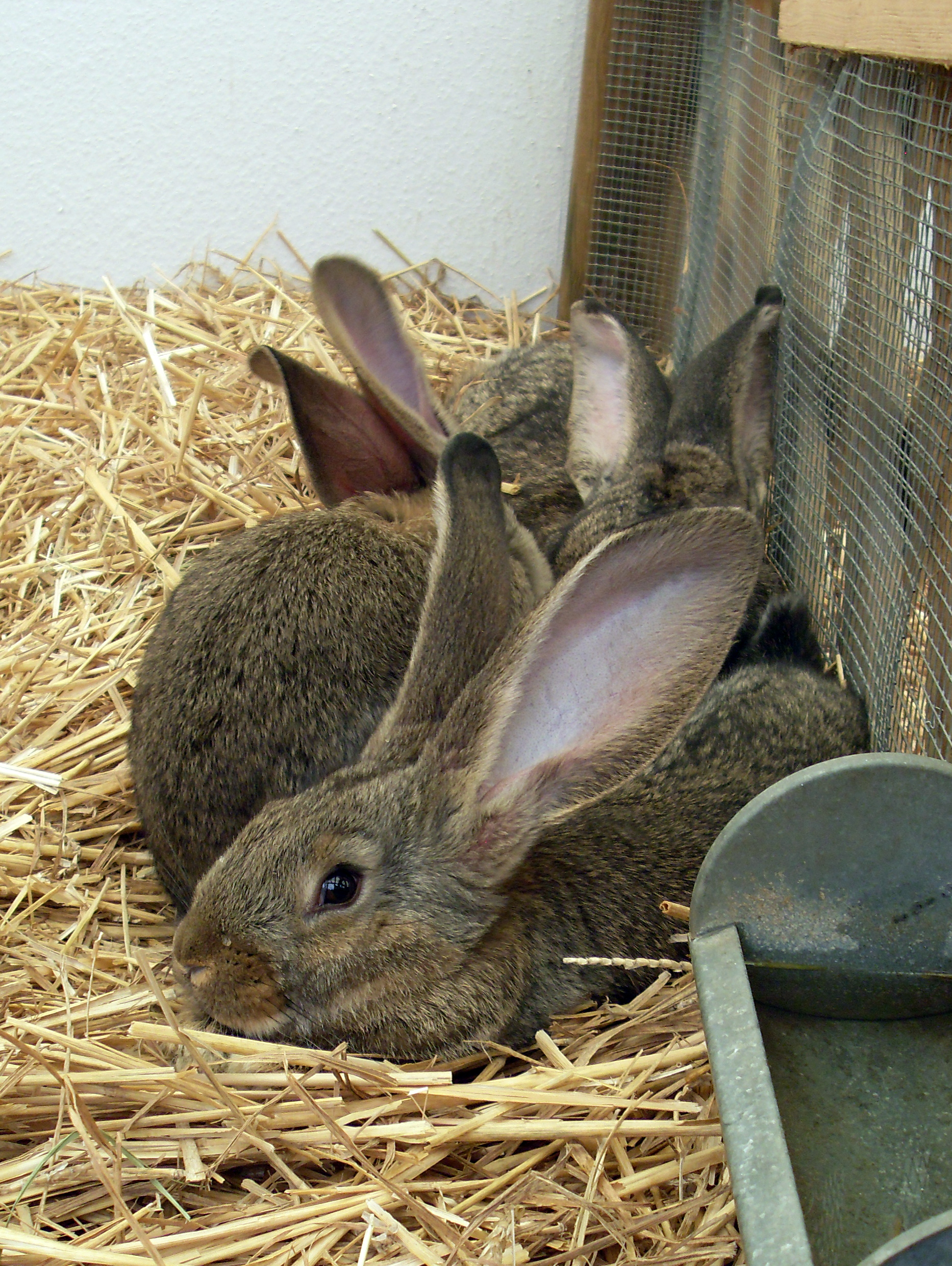
– Jackrabbits are adapted to live in diverse environments, including pastures, brushlands, and meadows. The name “jackrabbit” is a nod to their initially mistaken identity, with some referring to them as “jackass rabbits.”
– Bunnies, a term often associated with young rabbits, contribute to the confusion between domesticated rabbits and the wild hares like jackrabbits.
VI. Conservation:
– Understanding the distinctions between jackrabbits and bunnies aids in conservation efforts, ensuring the preservation of both domestic rabbit breeds and wild hare species.
*Details of Comparison
| Criteria | Jack Rabbit | Bunny |
| Taxonomy | Family: Leporidae |
Family: Leporidae, Genus: Oryctolagus (domestic)
|
| Appearance | Larger, long ears, powerful hind legs |
Smaller, softer coat, diverse colors (domestic)
|
| Size | 18-26 inches | 8-20 inches |
| Weight | 2-6 pounds |
2-20 pounds (domestic)
|
| Dentition and Bite Force | Herbivorous, no specific data available |
Herbivorous, no specific data available
|
| Physical Offensive Advantages | Speed, powerful kicks |
Agility, burrowing instincts
|
| Physical Defensive Advantages | Keen senses, camouflage |
Quick reflexes, burrows (wild)
|
| Speed (mph or km/h) | Up to 45 mph | 25-30 mph |
| Agility | Quick turns, leaps |
Hopping, burrow navigation
|
| Senses | Acute vision, hearing |
Good vision, sensitive hearing
|
| Overall Physical Capacity | Speed, endurance |
Diverse physical traits
|
| Habitat Preference | Open habitats (deserts, grasslands) |
Various ecosystems, including human-inhabited
|
| Tracks | Larger, spaced out |
Smaller, often paired (reflecting hopping gait)
|
| Lifespan | 5-7 years (wild) |
Shorter (wild), 5-10+ years (domestic)
|
| Mode of Feeding | Herbivores, adapted for water conservation |
Herbivores, varied diets (domestic)
|
| Intelligence | Survival-oriented |
Diverse problem-solving (domestic)
|
| Social Behavior | Generally solitary |
Social tendencies (wild colonies, domestic)
|
| Mode of Reproduction | Prolific, short gestation |
Prolific, frequent breeding (domestic)
|
| Parental Behavior | Limited care, born fully furred |
Extensive maternal care (domestic)
|
| Proximity to Humans | Adapts but prefers open spaces |
Thrives in human-inhabited areas (domestic)
|
| Behavior Toward Humans | Cautious, elusive |
Sociable, forms bonds (domestic)
|
| Danger Posed to Humans | Minimal direct danger |
Minimal, indirect risks (e.g., zoonotic diseases)
|
| Associated Precautions | Caution while driving, limited interaction |
Responsible pet care, zoonotic precautions
|
| Conservation Status | Varies by species |
Not subject to wild conservation efforts
|
1. Taxonomy:
Jack Rabbit:
Family: Leporidae
Genus: Lepus
Species: Various species, including Lepus californicus (black-tailed jackrabbit) and Lepus townsendii (white-tailed jackrabbit).
Bunny:
“Bunny” is a colloquial term often used to refer to young rabbits.
Family: Leporidae
Genus: Oryctolagus (for domestic rabbits, e.g., European rabbit)
Species: Oryctolagus cuniculus (for domestic rabbits)
The taxonomy of domestic rabbits can vary based on breed, but the provided information is generally applicable.
2. Appearance:
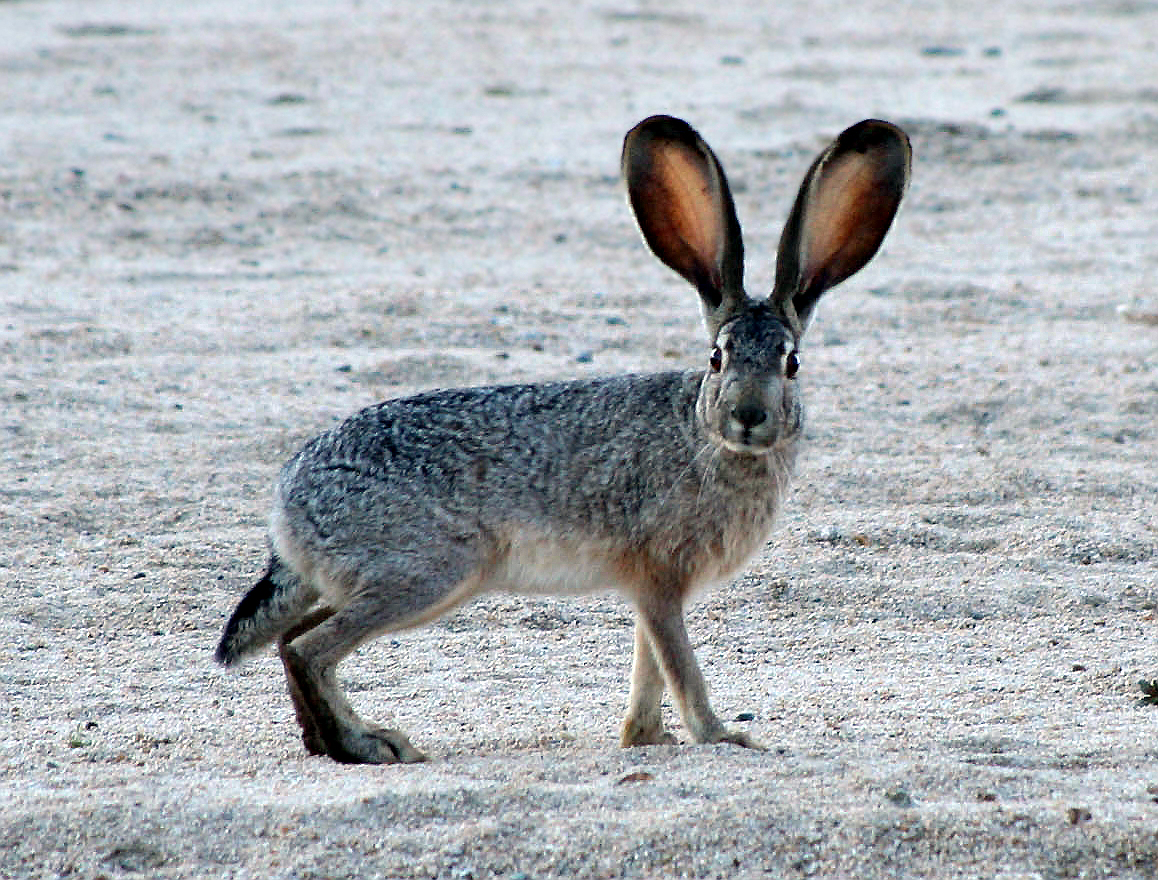
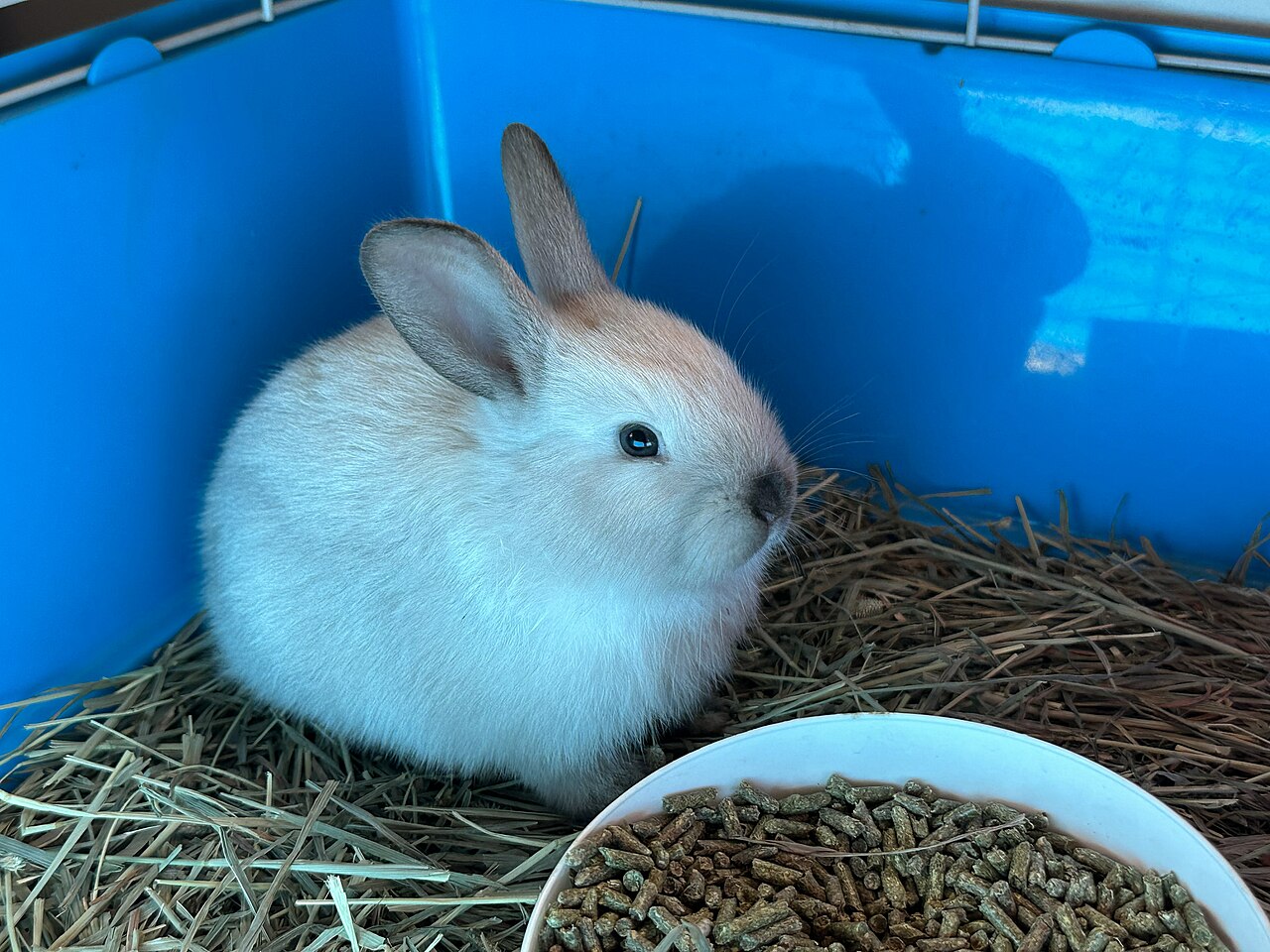
Jack Rabbit:
Generally larger and more robust than bunnies.
Distinctive long ears and powerful hind legs.
Coat color varies, providing camouflage in their arid habitats.
Bunny:
Smaller and more compact compared to jack rabbits.
Typically has shorter ears and a softer, fluffier coat.
Domestic bunnies exhibit a wide range of colors and patterns based on breeds.
Comparison: Jack rabbits are built for speed and agility in open environments, featuring adaptations for survival in arid regions. Bunnies, especially domestic ones, display a greater variety in appearance due to selective breeding.
Ecological Implications: Jack rabbits’ appearance aligns with their adaptation to evade predators in open habitats, while the varied appearance of bunnies, especially in domestic settings, may be more influenced by human preferences than natural selection.
3. Size:
Jack Rabbit:
Generally larger, with a body length ranging from 18 to 26 inches.
Tail length varies, often with a white underside.
Bunny:
Smaller, with body lengths typically ranging from 8 to 20 inches.
Domestic breeds can vary significantly in size.
Comparison: Jack rabbits are notably larger than bunnies, reflecting differences in their ecological roles and survival strategies.
Ecological Implications: Size correlates with the ecological niche, with jack rabbits adapted to cover large distances in open landscapes, while bunnies may have size variations influenced by human breeding preferences.
4. Weight:

Jack Rabbit:
Weighs between 2 to 6 pounds, depending on the species and environmental conditions.
Bunny:
Domestic bunnies generally weigh between 2 to 20 pounds, depending on the breed.
Comparison: Jack rabbits tend to have a more consistent weight range compared to the broader weight variations seen in domestic bunnies.
Ecological Implications: The weight of jack rabbits is adapted for swift movements, whereas the broader range in bunny weights may be a result of artificial selection for traits like size or fur density in domestic settings.
5. Dentition and Bite Force (PSI):
Jack Rabbit:
Herbivorous dentition adapted for grinding tough vegetation.
Exact bite force not extensively studied, but sufficient for herbivorous diet.
Bunny:
Herbivorous dentition, with continuously growing incisors.
Bite force varies among breeds; not typically measured in domestic settings.
Comparison: Both jack rabbits and bunnies have herbivorous dentition, but specific bite force data is less readily available for them.
Ecological Implications: Adaptations in dental structure reflect their herbivorous diets, with differences likely more pronounced in natural habitats where jack rabbits forage on tougher vegetation compared to the controlled diets of domestic bunnies.
6. Physical Offensive Advantages:
Jack Rabbit:
Exceptional speed and agility provide evasion tactics against predators.
Powerful hind legs can be used for swift kicks as a defense mechanism.
Bunny:
Quick movements and burrowing instincts can be utilized for escape.
Some domestic breeds may exhibit territorial aggression.
Comparison: Jack rabbits rely on speed and powerful kicks, while bunnies utilize agility and burrowing instincts defensively.
Ecological Implications: These offensive advantages are adaptations to their respective environments, with jack rabbits relying on open spaces for evasion and bunnies using burrows for protection.
7. Physical Defensive Advantages:
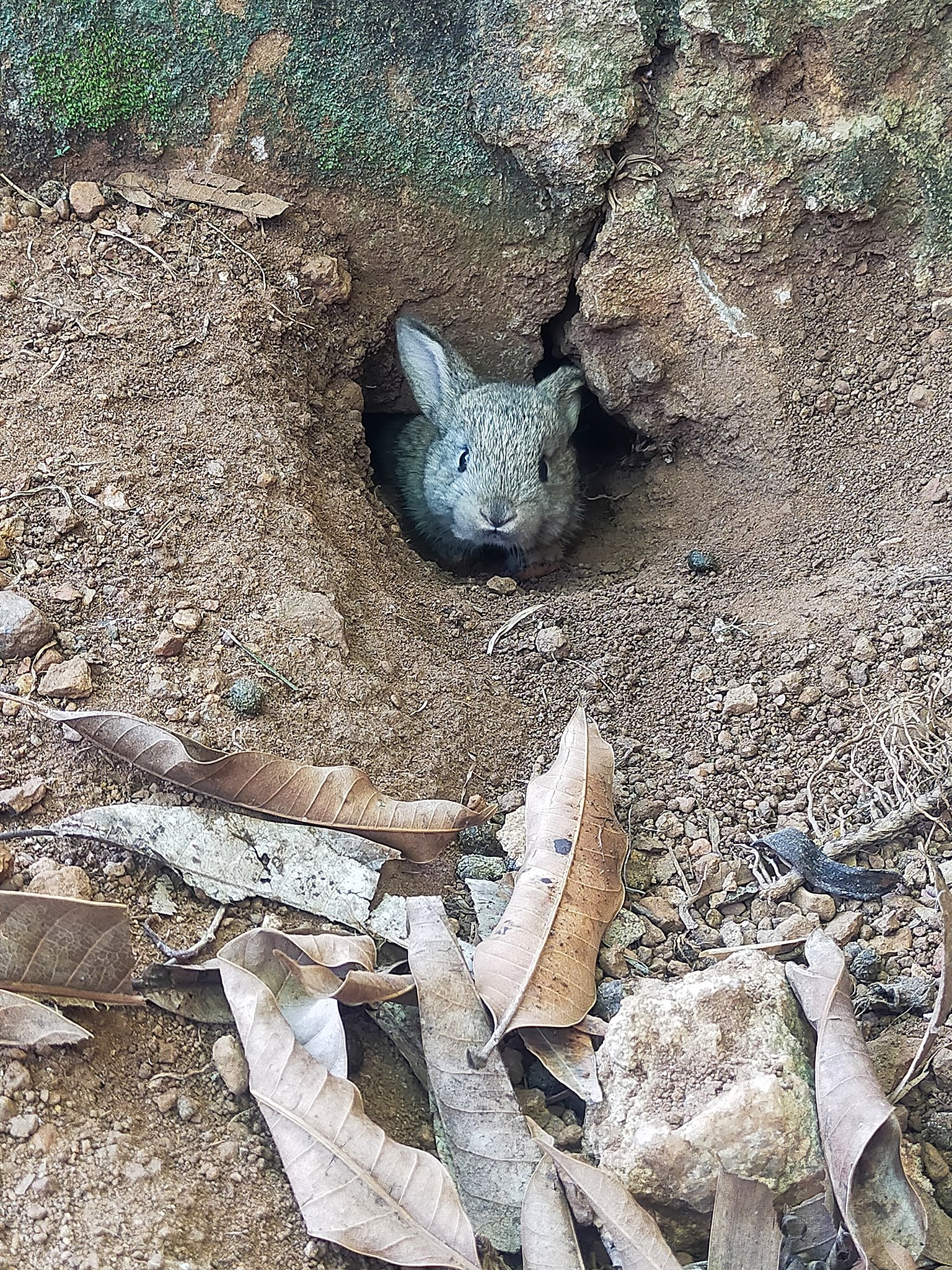
Jack Rabbit:
Excellent hearing and large eyes contribute to early predator detection.
Camouflaged fur aids in blending with the surroundings.
Bunny:
Quick reflexes for evading threats.
Domestic bunnies may lack some natural defensive instincts due to selective breeding.
Comparison: Both have evolved defensive adaptations, with jack rabbits relying on senses and camouflage, while bunnies use agility and reflexes.
Ecological Implications: The ecological implications lie in their ability to avoid predation in different environments, with jack rabbits relying on keen senses in open landscapes and bunnies utilizing quick movements and burrows.
8. Speed (Km/hour or Mile/hour):

Jack Rabbit:
Capable of reaching speeds up to 45 mph (72 km/h) in short bursts.
Bunny:
Domestic bunnies generally reach speeds of 25-30 mph (40-48 km/h).
Comparison: Jack rabbits are significantly faster than bunnies, reflecting adaptations for survival in open landscapes.
Ecological Implications: Speed is crucial for jack rabbits in evading predators in expansive habitats, whereas bunnies’ speed is adapted to their more confined environments.
9. Agility:
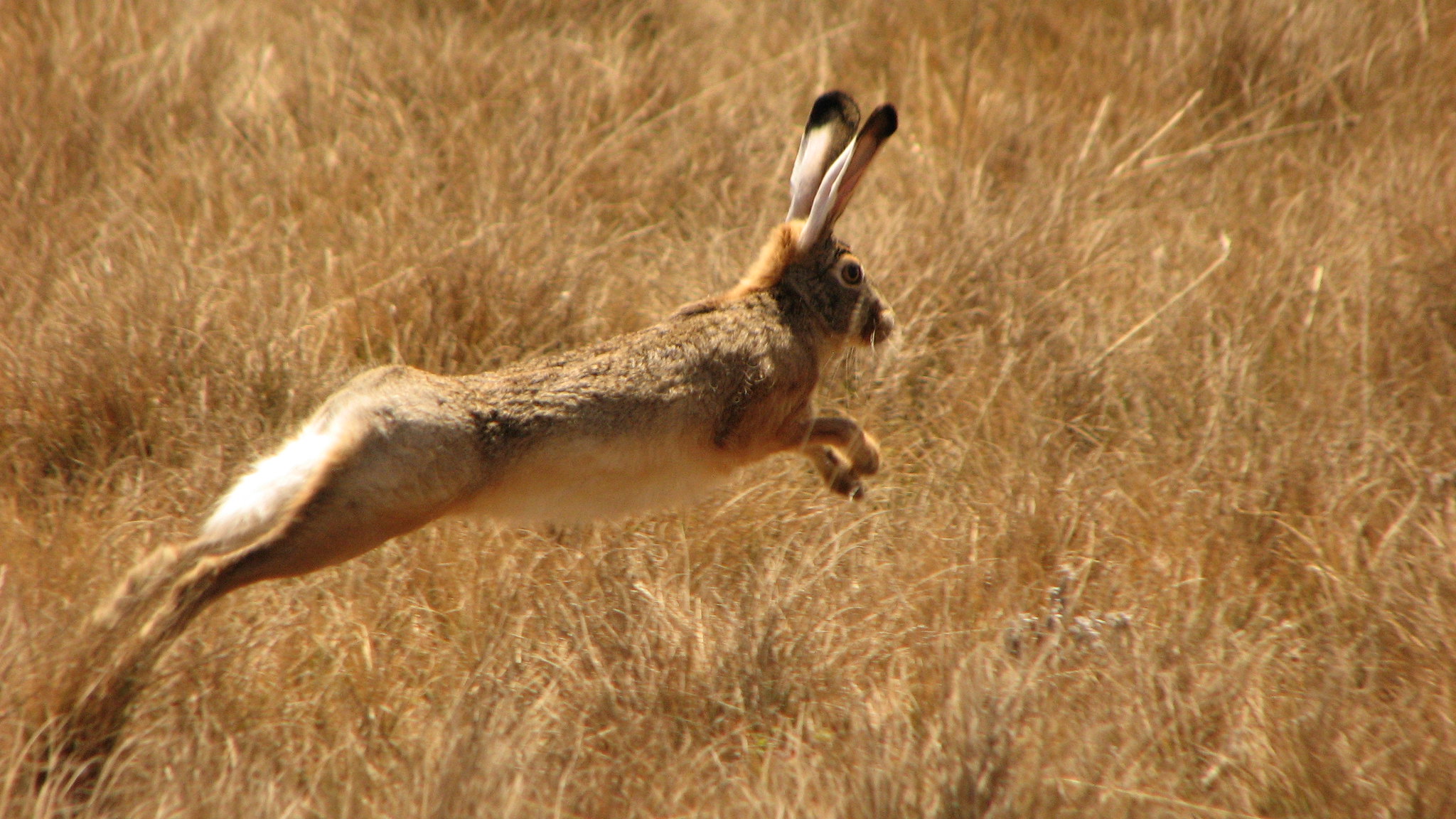
Jack Rabbit:
Remarkably agile, able to make quick turns and leaps to escape predators.
Bunny:
Agile with the ability to hop, change direction rapidly, and navigate through burrows.
Comparison: Both jack rabbits and bunnies showcase agility, but the specific behaviors and adaptations may differ based on their habitats.
Ecological Implications: Agility is essential for survival in different environments, with jack rabbits needing quick maneuvers in open spaces, while bunnies utilize agility for navigation in burrows and confined spaces.
10. Senses:
Jack Rabbit:
Acute vision with large eyes for detecting predators from a distance.
Exceptional hearing aids in early detection of potential threats.
Bunny:
Good vision, especially in low light, to navigate in dim environments.
Sensitive hearing to detect predators or approaching individuals.
Comparison: Both jack rabbits and bunnies rely on keen vision and hearing, but the emphasis may vary based on their respective habitats.
Ecological Implications: Adaptations in senses reflect their ecological niches, with jack rabbits relying heavily on vision in open landscapes and bunnies utilizing low-light vision for burrow navigation.
11. Overall Physical Capacity:
Jack Rabbit:
Designed for speed and endurance, adapted to cover large distances.
Well-developed musculature in hind legs for powerful kicks.
Bunny:
Agile and adapted to navigate confined spaces, utilizing burrows.
Varied physical traits based on domestic breeds, selected for different purposes.
Comparison: Jack rabbits are built for sustained speed and agility in open spaces, while bunnies display diverse physical traits adapted to various domestic roles.
Ecological Implications: Their overall physical capacities are shaped by the demands of their respective environments, with jack rabbits excelling in the expanses of open landscapes and bunnies adapting to diverse human-influenced environments.
12. Habitat Preference(s) and Geographic Region:
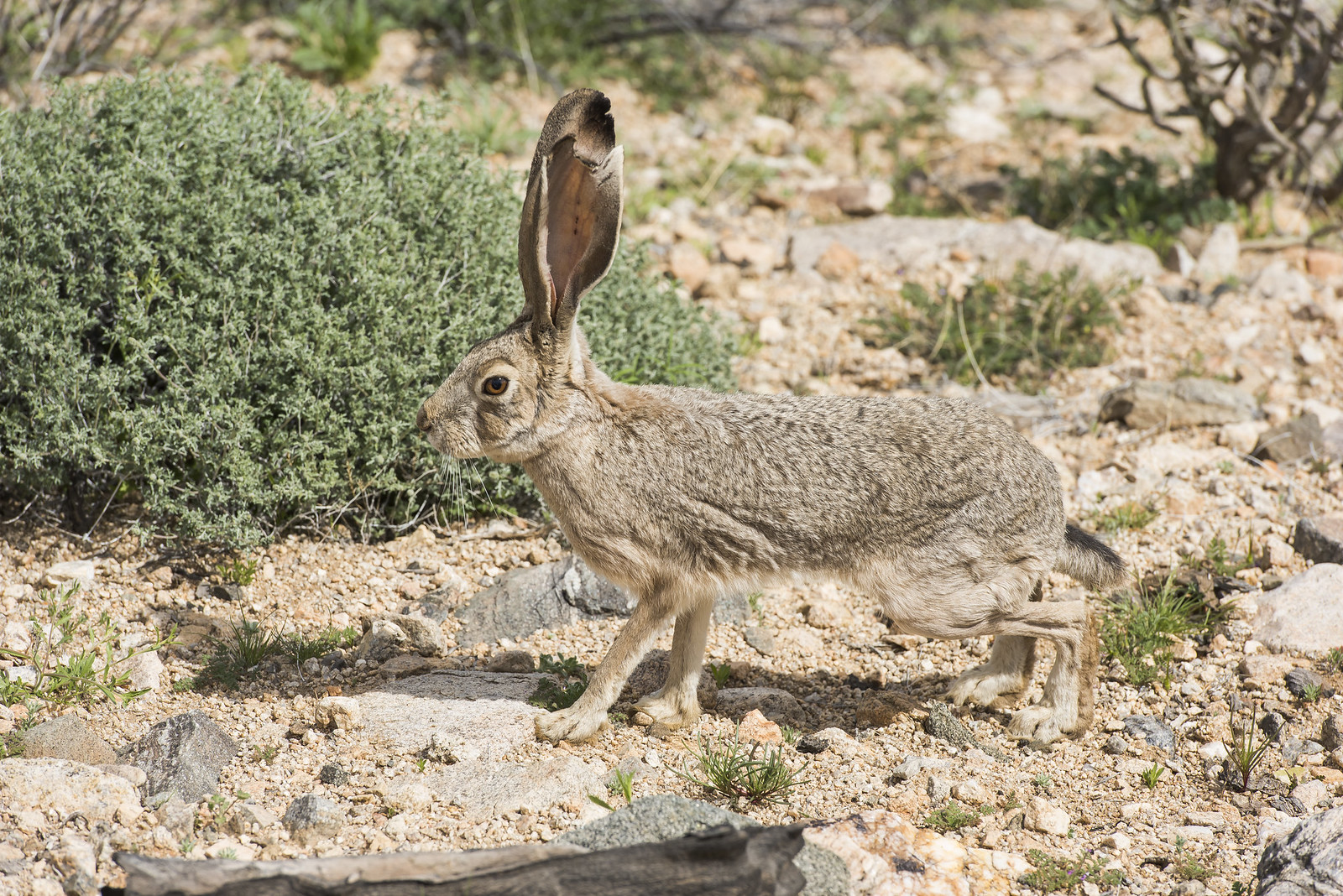
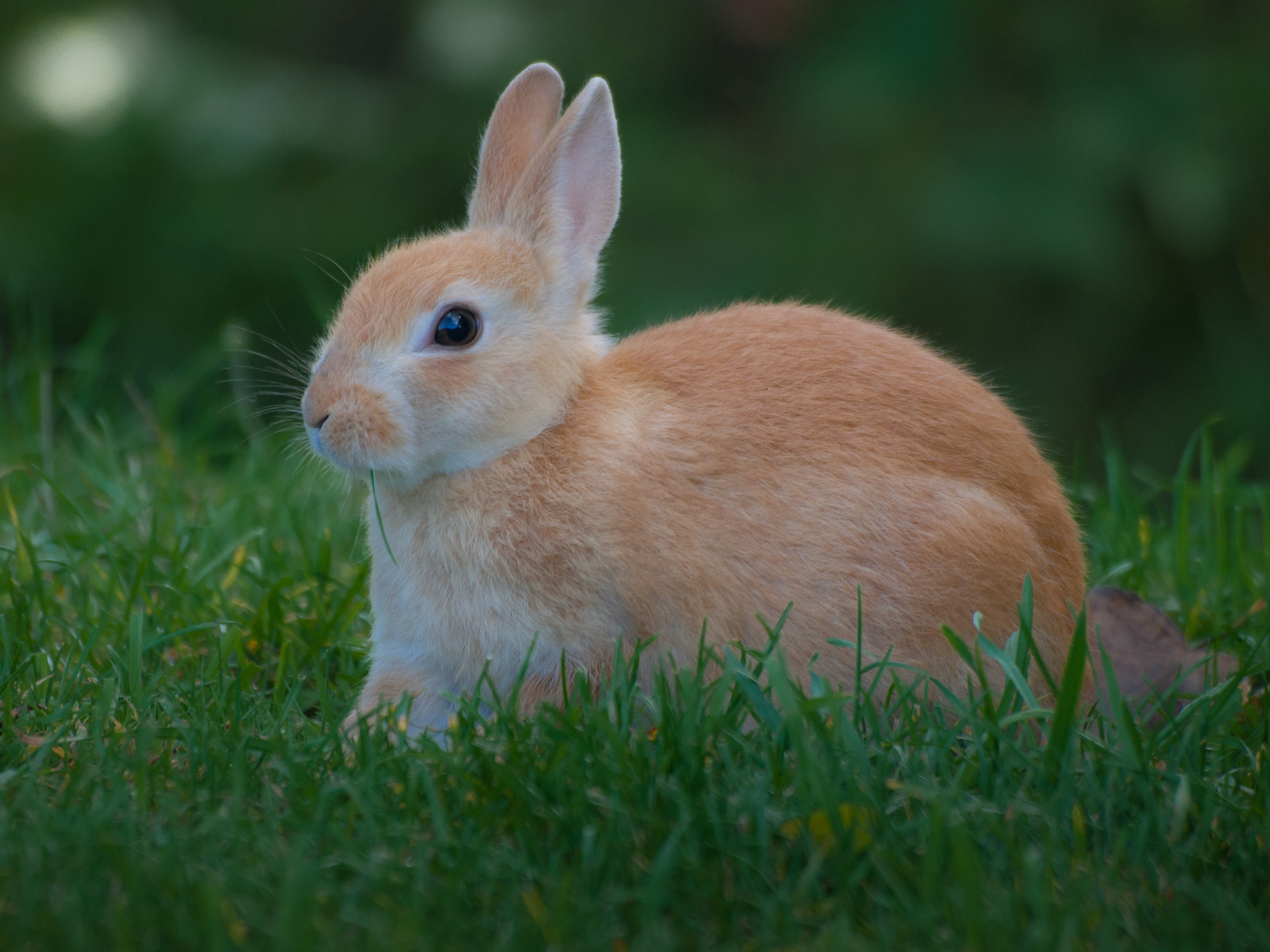
Jack Rabbit:
Prefers open habitats like deserts, grasslands, and scrublands.
Found in regions such as North and Central America.
Bunny:
Naturally found in various ecosystems, including grasslands, forests, and meadows.
Domesticated bunnies thrive in human-inhabited areas worldwide.
Comparison: While both can adapt to diverse environments, jack rabbits show a preference for more open and arid landscapes, whereas bunnies exhibit a broader ecological range.
Ecological Implications: Their habitat preferences highlight their ability to thrive in specific ecosystems, with jack rabbits specializing in arid regions and bunnies demonstrating adaptability to diverse environments.
13. Tracks:
Jack Rabbit:
Characterized by elongated hind footprints, typically in a straight line.
Front feet are smaller and often not as distinct.
Bunny:
Smaller, rounder footprints with distinctive claw marks.
Often hop in a distinctive pattern, leaving tracks in pairs.
Comparison: Jack rabbit tracks are typically larger and more spaced out, reflecting their larger size and elongated gait. Bunny tracks are smaller and often paired, reflecting their hopping gait.
Ecological Implications: Tracking differences aid in identifying these species in their respective habitats, with jack rabbit tracks indicating their presence in open landscapes, and bunny tracks suggesting activity in more varied environments, including burrowed spaces.
14. Lifespan:
Jack Rabbit:
Typically live 5 to 7 years in the wild.
Vulnerable to predation, accidents, and environmental factors.
Bunny:
Wild rabbits usually have shorter lifespans, around 1 to 2 years.
Domestic bunnies can live 5 to 10 years or more with proper care.
Comparison: Jack rabbits generally have longer lifespans in the wild compared to wild rabbits, but domestic bunnies can surpass both in longevity.
Ecological Implications: Shorter lifespans in the wild contribute to the rapid turnover of rabbit populations, ensuring adaptability to changing environmental conditions.
15. Mode of Feeding:

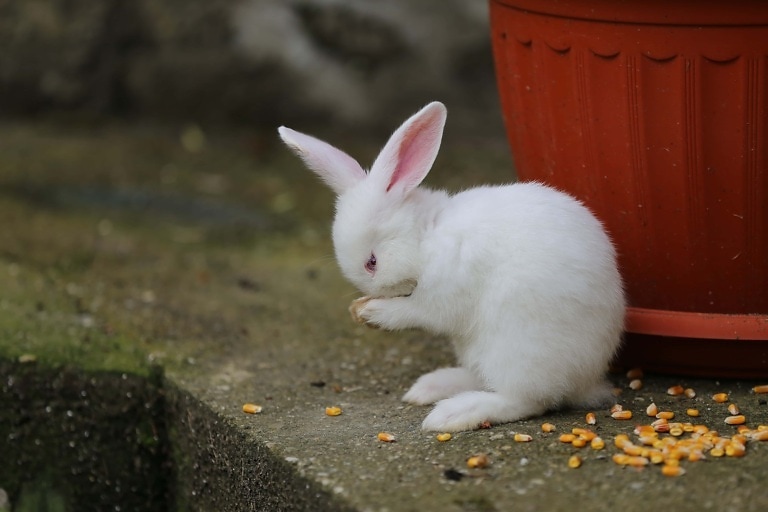
Jack Rabbit:
Herbivores primarily feeding on grasses, shrubs, and plants.
Adapted to extract moisture from their diet in arid environments.
Bunny:
Herbivores consuming a variety of greens, hay, and commercial rabbit pellets.
Domestic bunnies may have more varied diets based on human care.
Comparison: Both species share herbivorous diets, but jack rabbits are adapted to extract moisture from their food, crucial in arid habitats.
Ecological Implications: Differences in feeding adaptations relate to their respective environments, with jack rabbits having specialized mechanisms for water conservation in arid regions.
16. Intelligence:
Jack Rabbit:
Displays intelligence in evading predators through rapid and strategic movements.
Limited problem-solving abilities.
Bunny:
Demonstrates problem-solving skills, especially in navigating complex environments.
Domestic bunnies may exhibit social intelligence.
Comparison: Bunnies, especially domestic ones, tend to show more diverse problem-solving abilities compared to the more specialized intelligence of jack rabbits focused on survival.
Ecological Implications: Their respective levels of intelligence align with the challenges posed by their environments, with jack rabbits relying on instinctive survival strategies and bunnies adapting to more varied settings, including human-influenced ones.
17. Social Behavior:
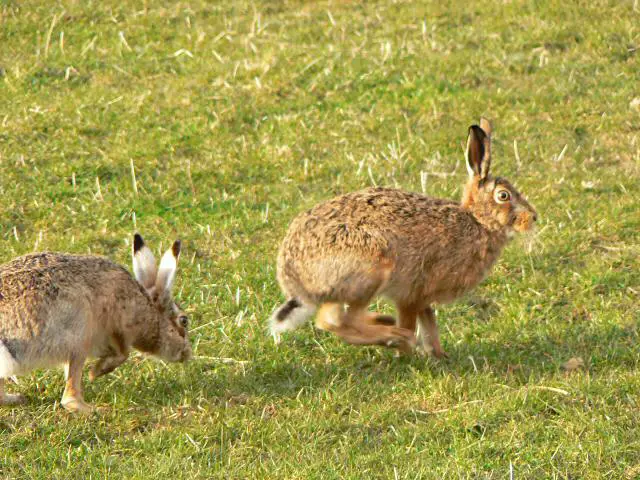
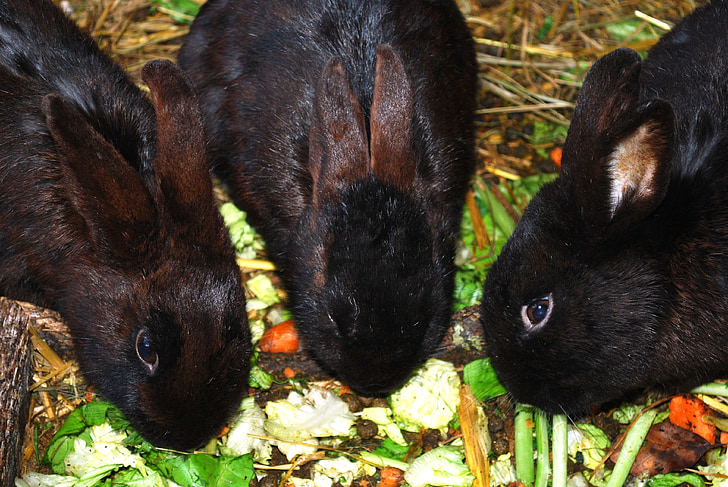
Jack Rabbit:
Generally solitary, especially outside the breeding season.
Social interactions limited to mating behaviors.
Bunny:
Can be social, forming groups called colonies.
Domestic bunnies may bond with other rabbits or even other pets.
Comparison: Jack rabbits are primarily solitary, while bunnies, especially in natural settings, can exhibit social behaviors.
Ecological Implications: Social behaviors are shaped by the need for cooperation, survival, and reproduction in their respective environments, with jack rabbits focusing on individual survival and bunnies adapting to communal living in certain conditions.
18. Mode of Reproduction:
Jack Rabbit:
Exhibits a rapid reproductive strategy with short gestation periods.
Female jack rabbits may have multiple litters in a year, especially in favorable conditions.
Bunny:
Reproduces through frequent and prolific breeding.
Domestic bunnies may have controlled breeding based on human preferences.
Comparison: Both jack rabbits and bunnies employ prolific reproductive strategies, but jack rabbits, especially in the wild, may reproduce more rapidly to cope with environmental challenges.
Ecological Implications: Their reproductive strategies are adapted to the respective challenges of their environments, with jack rabbits’ rapid reproduction addressing high mortality rates in the wild.
19. Parental Behavior:
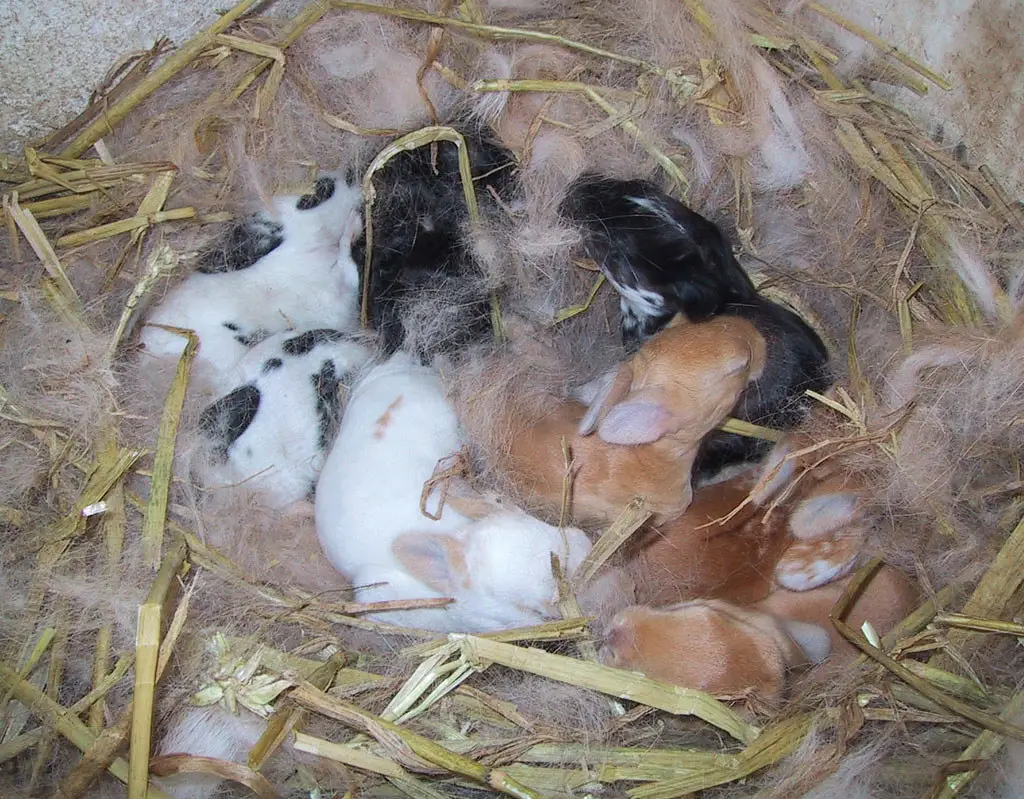
Jack Rabbit:
Limited parental care, with the mother creating a nest for the offspring.
Young jack rabbits are born fully furred and open-eyed, ready for a more independent life.
Bunny:
Shows more extensive maternal care, with the mother nursing and protecting the young.
Domestic bunnies may display varied parenting behaviors.
Comparison: Bunnies exhibit more involved parental behaviors compared to the relatively limited care shown by jack rabbits.
Ecological Implications: Parental behaviors are adapted to the environmental conditions, with bunnies requiring more care for their young due to potential threats in varied habitats.
20. Proximity to Human-Inhabited Areas:
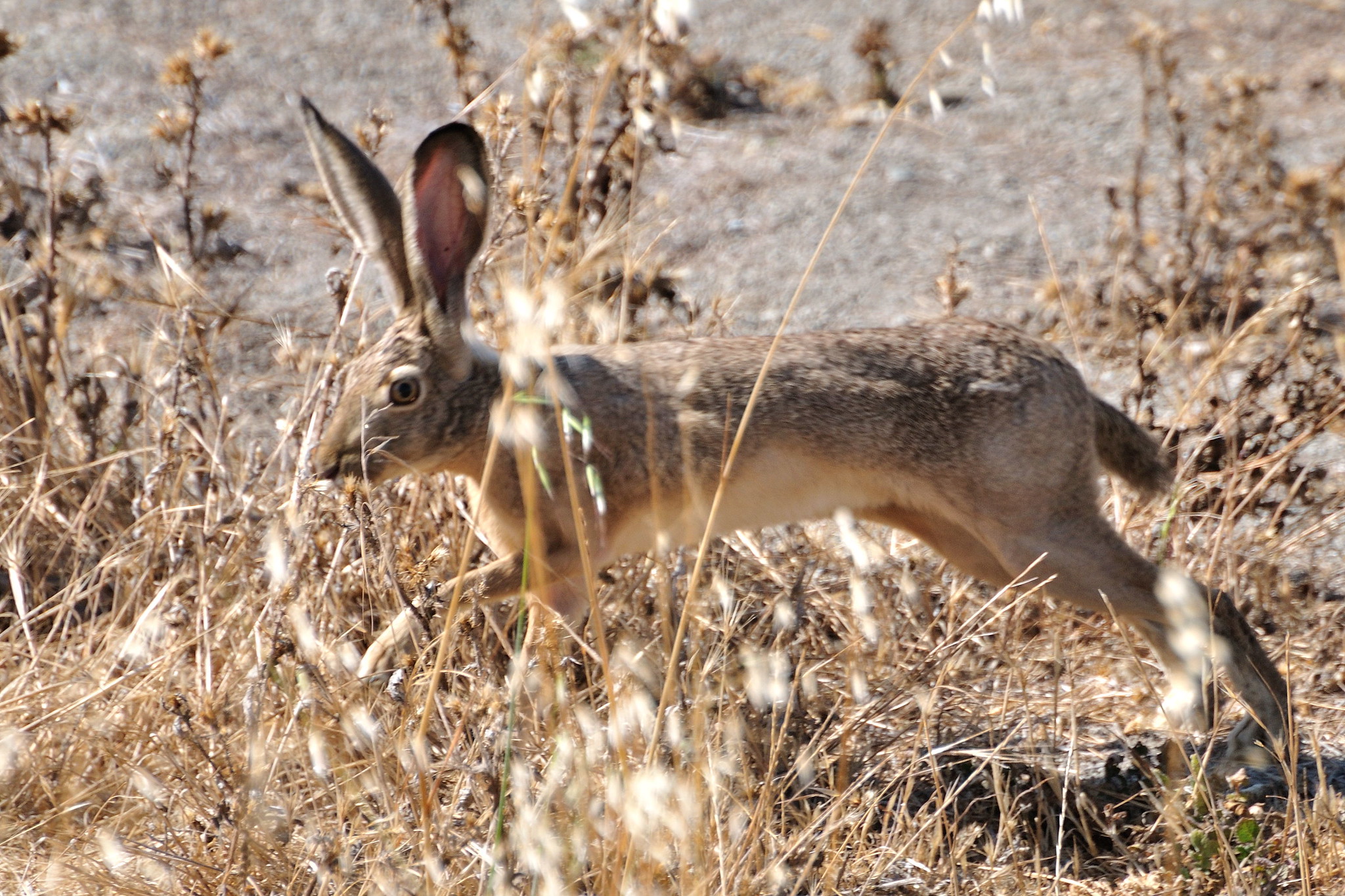
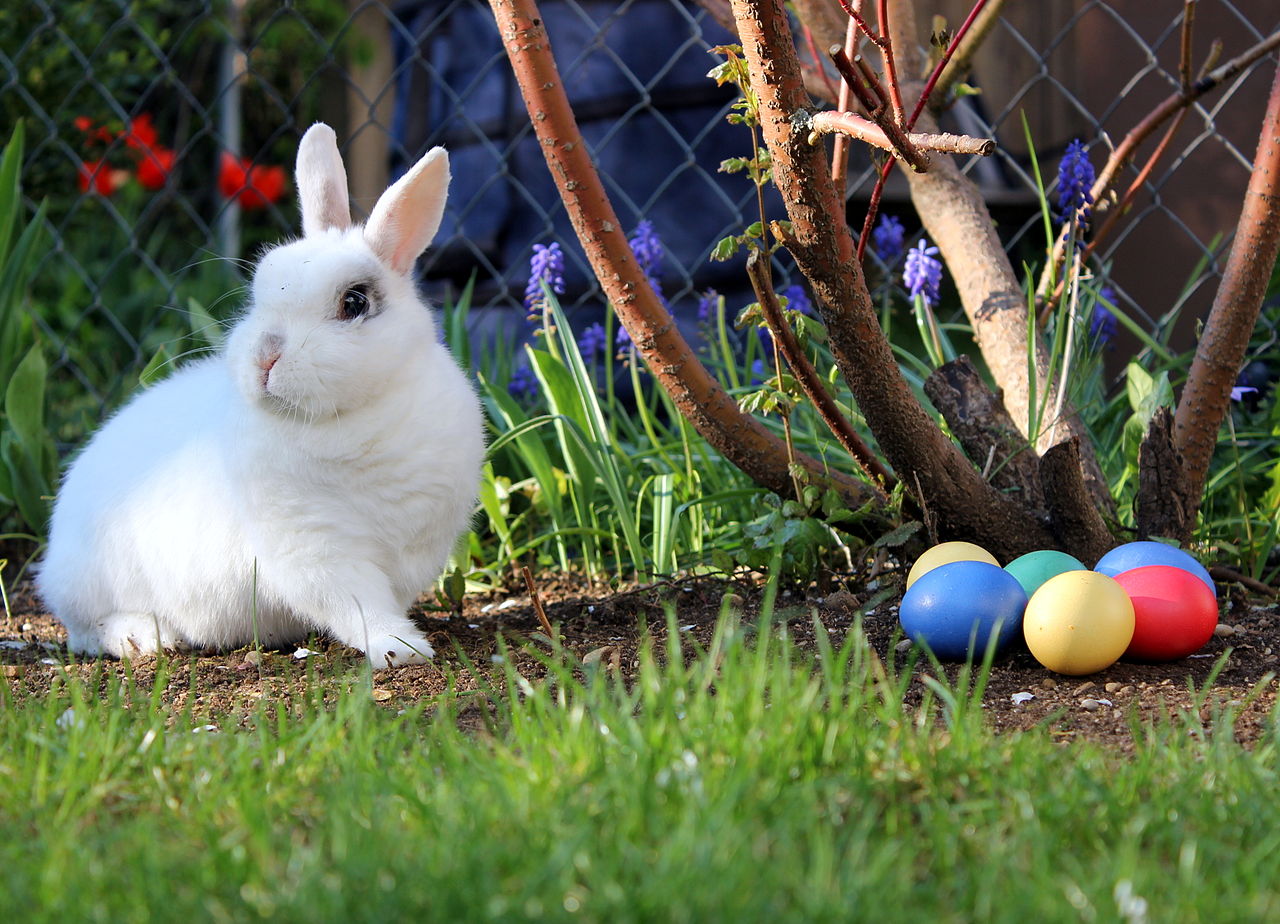
Jack Rabbit:
Can adapt to suburban areas but typically prefers more open spaces.
May encroach into agricultural lands.
Bunny:
Domestic bunnies thrive in human homes and are common as pets.
Wild rabbits may also inhabit urban areas, adapting to human environments.
Comparison: While both species can coexist with humans, bunnies, especially domestic ones, are more likely to thrive in close proximity to human-inhabited areas.
Ecological Implications: Adaptability to human environments may influence the ecological balance, with bunnies demonstrating a higher degree of human association compared to jack rabbits.
21. Behavior Toward Humans:
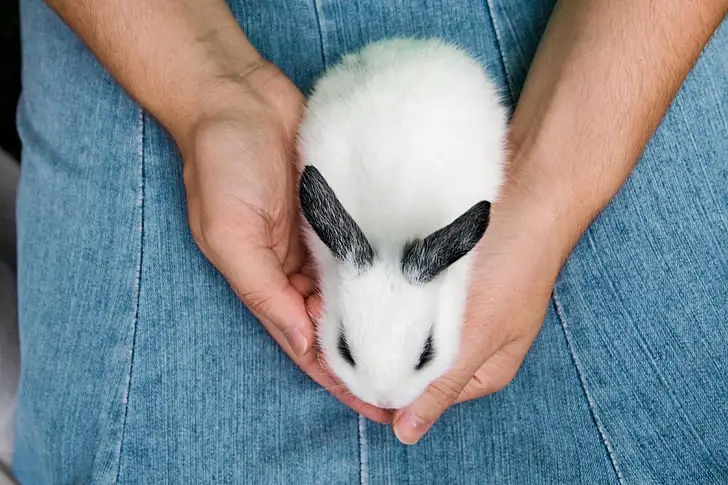
Jack Rabbit:
Typically elusive and wary of human presence.
May flee or adopt defensive postures when approached.
Bunny:
Domestic bunnies can be affectionate and form bonds with their human caregivers.
Wild rabbits may exhibit varying degrees of wariness or habituation to human presence.
Comparison: Jack rabbits tend to be more cautious and elusive around humans, while domestic bunnies often display more sociable behaviors.
Ecological Implications: Behaviors toward humans are influenced by their natural instincts, with jack rabbits prioritizing avoidance for survival and domestic bunnies forming bonds as a result of human interaction.
22. Danger Posed to Humans:
Jack Rabbit:
Generally poses minimal danger to humans.
May cause vehicle collisions in areas with high jack rabbit populations.
Bunny:
Domestic bunnies rarely pose a direct threat to humans.
Wild rabbits may carry diseases that can potentially transmit to humans, though the risk is low.
Comparison: Both jack rabbits and bunnies typically pose minimal direct danger to humans, but indirect risks, such as collisions or zoonotic diseases, may vary.
Ecological Implications: The risks associated with these species are often more related to human activities, such as urban development or transportation infrastructure.
23. Associated Precautions:
Jack Rabbit:
Caution needed when driving in areas with known jack rabbit populations to prevent collisions.
Limited direct interaction advised to avoid stressing the animals.
Bunny:
Basic precautions for pet care, including appropriate housing and diet.
Wild rabbits may carry ticks and fleas, requiring precautions when handling.
Comparison: Precautions for jack rabbits are more related to driving safety, while precautions for bunnies involve responsible pet ownership and considerations for potential zoonotic risks.
Ecological Implications: Human precautions are necessary to minimize negative impacts on these species and maintain a balance between human activities and wildlife conservation.
24. Conservation Status:
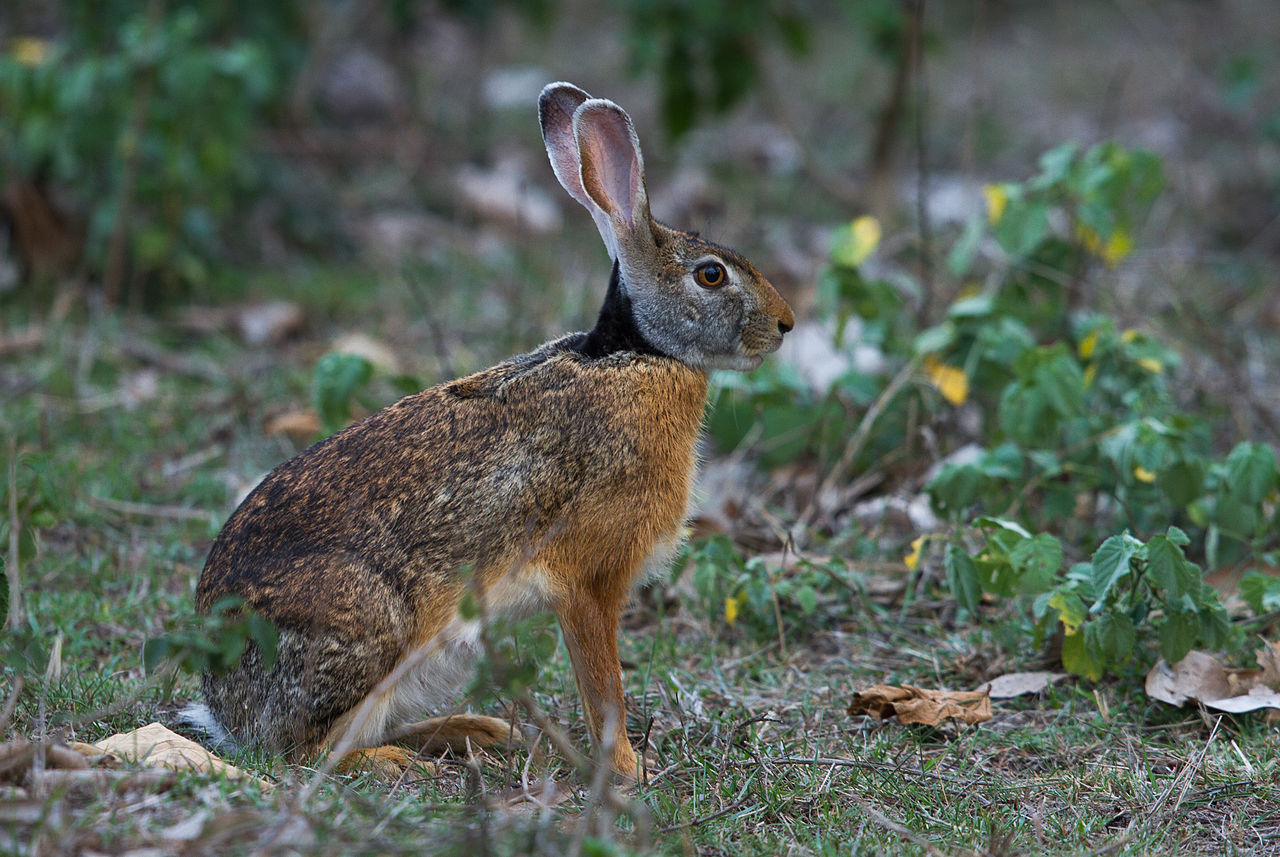
Jack Rabbit:
Various species have different conservation statuses.
Some species, like the Antelope Jackrabbit, may face threats due to habitat loss.
Bunny:
Domestic bunnies are not subject to wild conservation efforts.
Some wild rabbit species may face localized threats but are generally widespread.
Comparison: Conservation statuses vary among jack rabbit species, while domestic bunnies, being bred in captivity, do not have conservation concerns.
Ecological Implications: Conservation efforts for jack rabbits are essential to maintain biodiversity in specific habitats, especially in regions facing habitat degradation.
*Summary of Comparison
Taxonomy:
Both belong to the family Leporidae.
Jack rabbits in the genus Lepus, while bunnies include domestic breeds under the genus Oryctolagus.
Appearance:
Jack rabbits are larger, with long ears and powerful hind legs.
Bunnies are smaller, with a softer coat and a variety of colors, especially in domestic breeds.
Size:
Jack rabbits are generally larger, with body lengths ranging from 18 to 26 inches.
Bunnies are smaller, typically between 8 to 20 inches.
Weight:
Jack rabbits weigh between 2 to 6 pounds.
Bunnies, especially domestic breeds, can range from 2 to 20 pounds.
Dentition and Bite Force (PSI):
Both are herbivores with adaptations for grinding vegetation.
Specific bite force data less readily available for both.
Physical Offensive Advantages:
Jack rabbits rely on speed and powerful kicks.
Bunnies use agility and burrowing instincts defensively.
Physical Defensive Advantages:
Jack rabbits have keen senses and camouflaged fur.
Bunnies rely on quick reflexes and, in the wild, burrows for protection.
Speed (Km/hour or Mile/hour):
Jack rabbits can reach speeds up to 45 mph.
Bunnies generally reach speeds of 25-30 mph.
Agility:
Both exhibit agility, with jack rabbits making quick turns, and bunnies utilizing hopping and burrow navigation.
Senses:
Jack rabbits have acute vision and hearing for open landscapes.
Bunnies have good vision and sensitive hearing for varied environments.
Overall Physical Capacity:
Jack rabbits are built for speed and endurance.
Bunnies display diverse physical traits adapted to different roles.
Habitat Preference(s) and Geographic Region:
Jack rabbits prefer open habitats like deserts and grasslands.
Bunnies inhabit various ecosystems, with domestic bunnies thriving in human-inhabited areas.
Tracks:
Jack rabbit tracks are larger and more spaced out.
Bunny tracks are smaller and often paired, reflecting their hopping gait.
Lifespan:
Jack rabbits typically live 5 to 7 years.
Wild rabbits have shorter lifespans, but domestic bunnies can live 5 to 10 years or more.
Mode of Feeding:
Both are herbivores, with jack rabbits adapted for water conservation in arid regions.
Intelligence:
Jack rabbits display specialized intelligence for survival.
Bunnies, especially domestic ones, show more diverse problem-solving skills.
Social Behavior:
Jack rabbits are generally solitary.
Bunnies can be social, forming groups called colonies.
Mode of Reproduction:
Both employ prolific reproductive strategies, with jack rabbits reproducing rapidly in the wild.
Parental Behavior:
Jack rabbits show limited parental care.
Bunnies, especially domestic ones, exhibit more extensive maternal care.
Proximity to Human-Inhabited Areas:
Both can adapt to human environments, with bunnies, especially domestic ones, thriving closer to humans.
Behavior Toward Humans:
Jack rabbits are generally cautious and elusive around humans.
Domestic bunnies often display sociable behaviors with human caregivers.
Danger Posed to Humans:
Both pose minimal direct danger, with indirect risks varying.
Associated Precautions:
Precautions for jack rabbits involve driving safety and limited direct interaction.
Precautions for bunnies include responsible pet ownership and considerations for potential zoonotic risks.
Conservation Status:
Jack rabbits have varying conservation statuses based on species.
Domestic bunnies bred in captivity do not have conservation concerns.
Conclusion
I. Similarities:
Both jack rabbits and bunnies belong to the family Leporidae and share herbivorous diets, adapting to various environments. They also exhibit prolific reproductive strategies, with differences in the extent of parental care.
II. Differences:
Jack rabbits are generally larger, have longer lifespans, and exhibit adaptations for survival in open landscapes, emphasizing speed and camouflage. Bunnies, including domestic ones, show more varied appearances and behaviors, often adapted to human-influenced environments, displaying intelligence and sociability.



